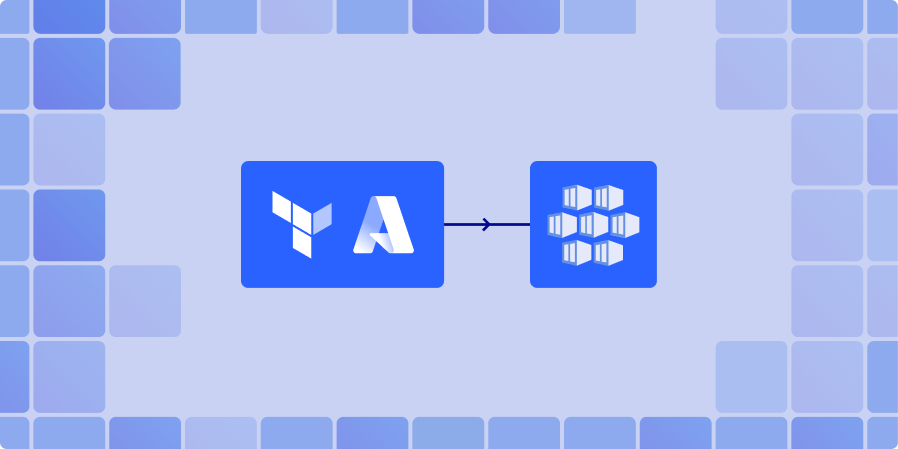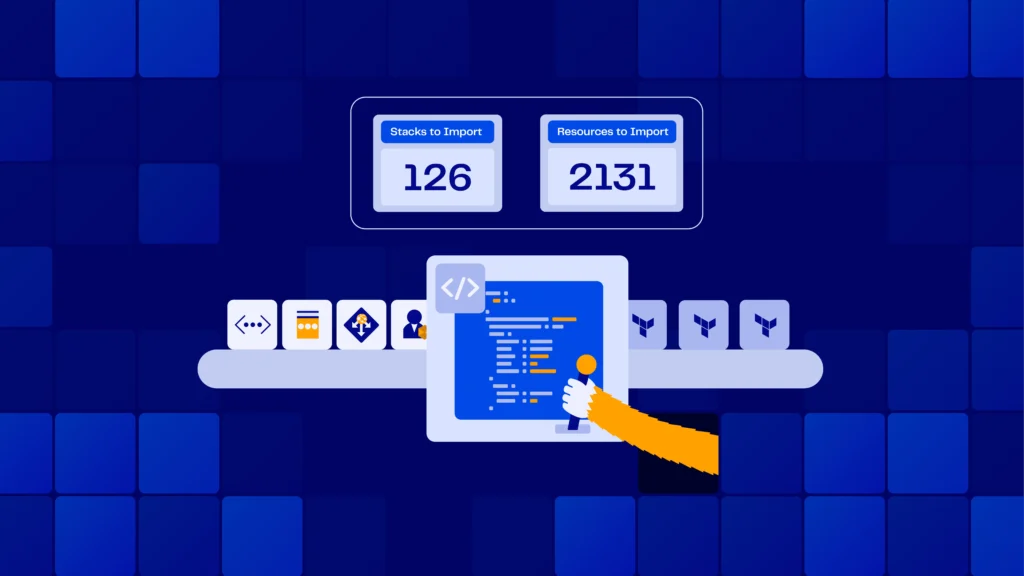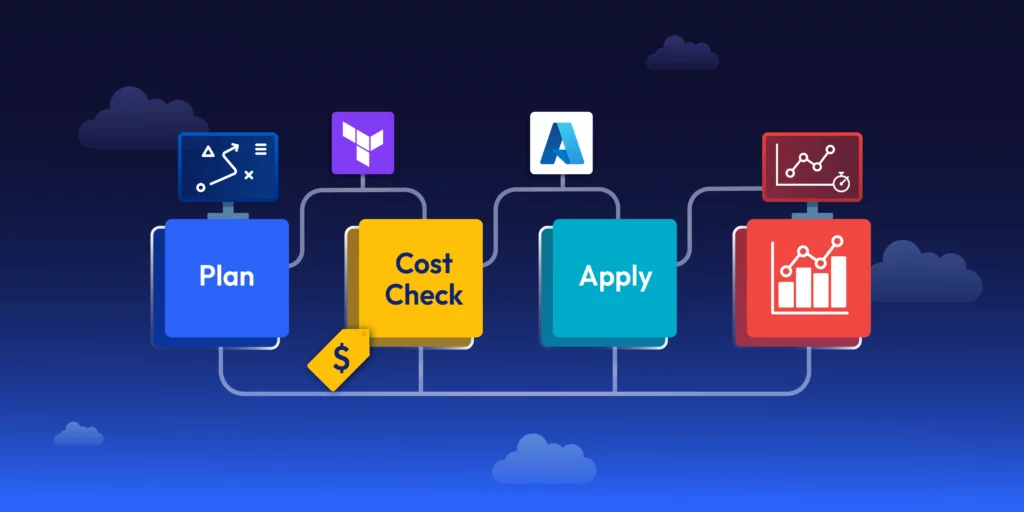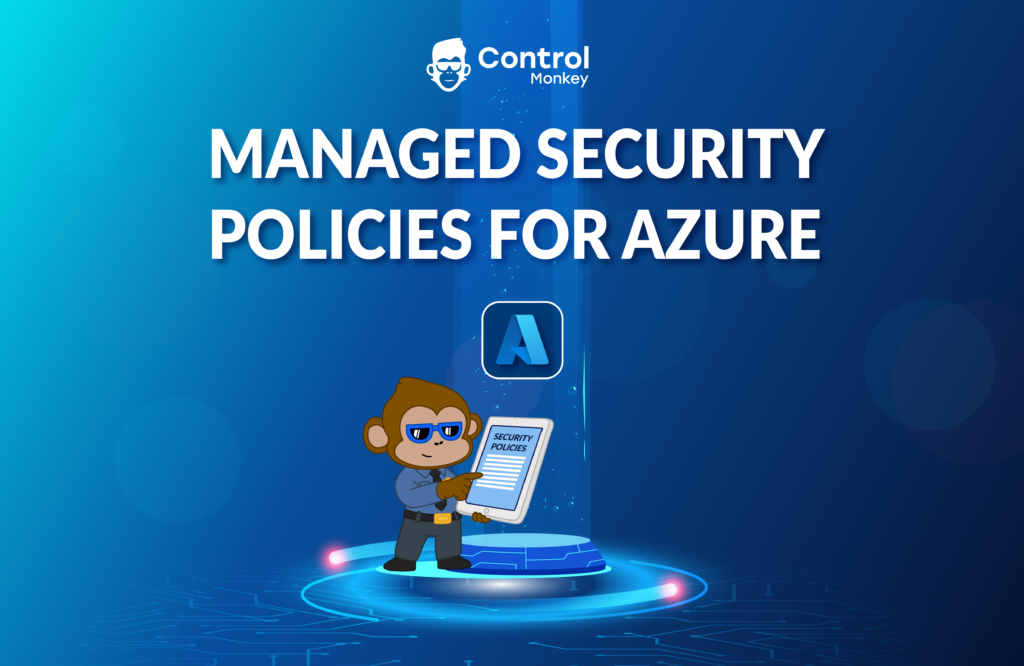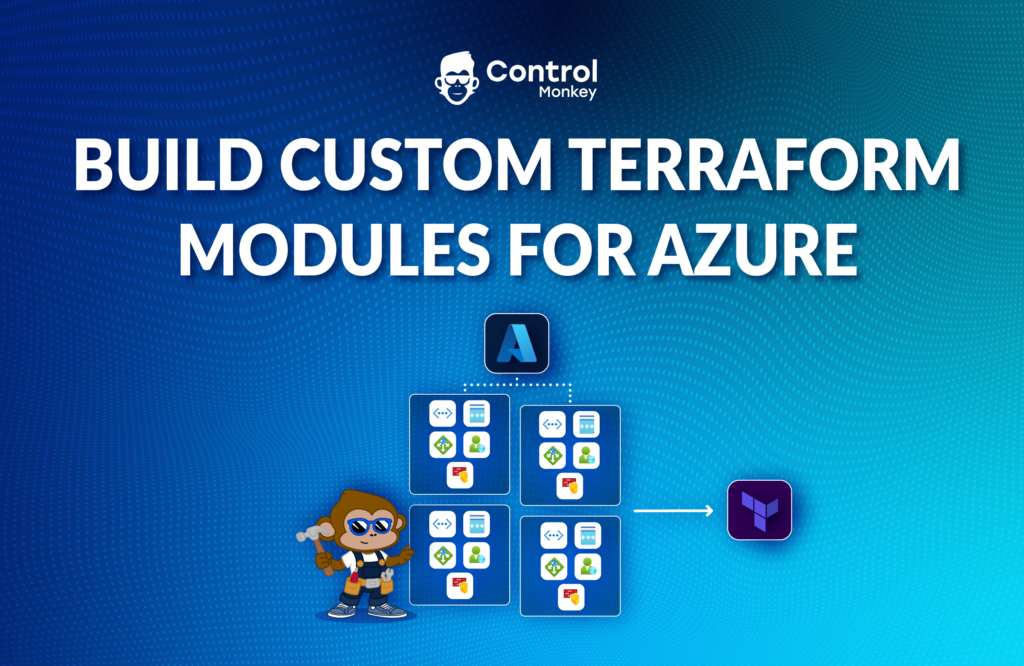Azure Kubernetes Service (AKS) is Microsoft’s managed Kubernetes platform, designed to simplify deploying and managing containerized applications. Need a fast, repeatable way to spin up Kubernetes on Azure? Azure AKS Terraform workflows give you that superpower. By declaring your cluster as code, you avoid click-ops, reduce errors, and can version every change. In short, azure aks terraform lets teams clone environments in minutes instead of hours while keeping costs and configurations under control. If you want a hands-off, reliable Terraform on Azure AKS pipeline, read on.
Prerequisites for Azure AKS Terraform Setup
Before touching code, make sure you have:
- Azure CLI – authenticated to your subscription.
- Terraform (≥1.6) installed locally or in CI.
- A service principal (or managed identity) with Contributor rights.
- Basic access to an Azure subscription where your terraform azure cluster will live.
With these four pieces in place, you’re ready for a smooth terraform azure cluster rollout.
More on Azure and Terraform
-
Terraform Azure Automation →
Learn more about focuses on automating deployments
-
Terraform for Azure 101 →
A Beginner’s Overview, Basics of TF and Azure
-
Build Custom Terraform Modules for Azure →
Learn how ControlMonkey can help to scale TF modules on Azure
Minimal Terraform Config for Azure AKS Cluster
Below is the tiniest file that still gives you a working azure kubernetes deployment terraform:
# providers.tf
provider "azurerm" {
features {}
}
# main.tf
resource "azurerm_resource_group" "rg" {
name = "demo-aks-rg"
location = "East US"
}
resource "azurerm_kubernetes_cluster" "aks" {
name = "demo-aks"
location = azurerm_resource_group.rg.location
resource_group_name = azurerm_resource_group.rg.name
dns_prefix = "demo"
default_node_pool {
name = "system"
node_count = 2
vm_size = "Standard_D2s_v5"
}
identity {
type = "SystemAssigned"
}
}Run terraform init, terraform plan, and terraform apply – in under five minutes you’ll have a basic azure kubernetes deployment terraform. Key fields are the default_node_pool, which define compute, and identity, which wire up RBAC for your terraform azure cluster.
Using the Terraform AKS Module for Azure Kubernetes
While the direct resource definition works, most teams prefer the terraform aks module. This official module abstracts away repetitive configuration and enforces good defaults, making your azure kubernetes deployment terraform easier to maintain. The terraform aks module wraps networking, role assignments, and monitoring into sensible defaults. Because the terraform aks module has some main benefits.
- Cleaner configuration files.
- Built-in defaults for networking, RBAC, and scaling.
- Easier upgrades and maintainability.
Customizing the AKS Cluster with Module Parameters
Here’s a richer azure kubernetes deployment terraform that sets node size, count, tags, and Kubernetes version, all via the module:
module "aks" {
source = "Azure/aks/azurerm"
version = "7.4.0"
resource_group_name = "demo-aks-rg"
cluster_name = "demo-aks"
kubernetes_version = "1.29.2"
location = "East US"
node_pools = [
{
name = "system"
vm_size = "Standard_B4ms"
node_count = 3
max_pods = 110
enable_auto_scaling = true
min_count = 1
max_count = 5
}
]
tags = {
env = "demo"
team = "platform"
}
}With just a few variables, you now have an autoscaling terraform azure cluster ready for workloads. Tweaking the module’s inputs lets you match any production spec while staying inside a tidy, reusable azure aks terraform codebase.
Conclusion
Provisioning a reusable Terraform codebase for AKS clusters eliminates manual setup and ensures consistent deployments across environments. With Terraform and the hardened AKS module, you define clusters as code, gain version control, and recreate environments on demand.
Whether you start with a minimal config or leverage the terraform azure cluster module, Terraform gives you repeatability, scalability, and maintainability for your Kubernetes workloads.
Book a demo with ControlMonkey to see how its Azure AKS blueprints add policy guard-rails, drift detection, cost insights, and automated remediation without rewriting a single HCL line.

